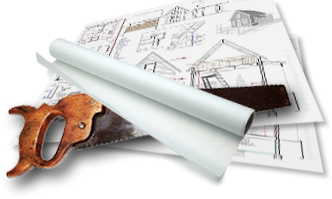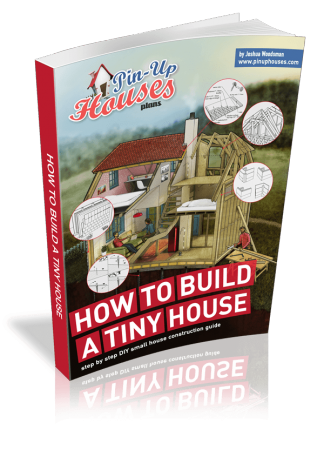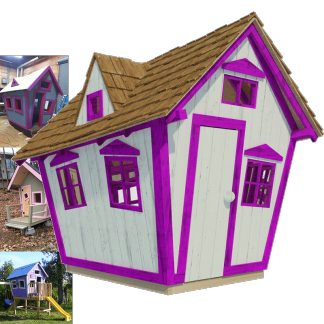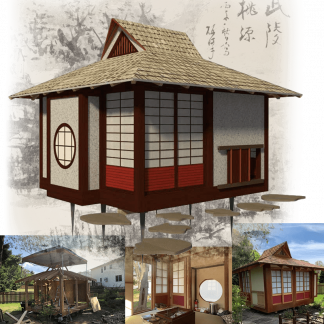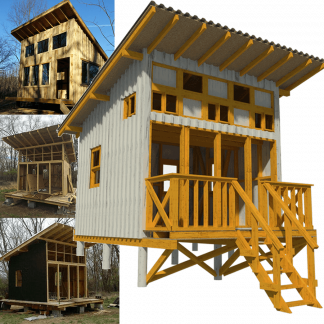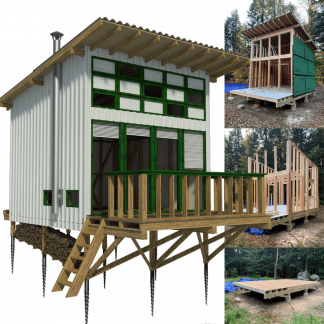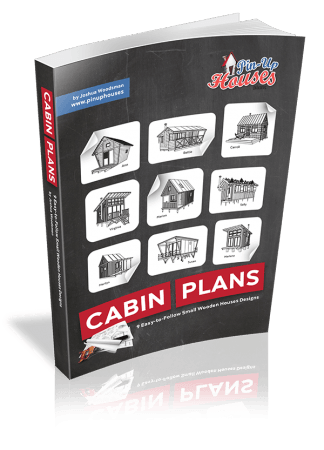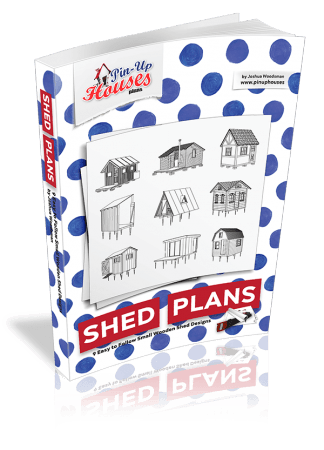Sustainable living isn’t just a lifestyle anymore—it’s a smart buying decision. As energy costs climb and environmental awareness grows, more buyers are factoring eco-friendliness into their home search. They’re not just asking about kitchen updates or open floor plans. They’re asking: How efficient is the insulation? Is there solar potential? What’s the water usage like?
It’s no surprise that when browsing homes for sale in San Miguel de Allende—where sunshine is plentiful and eco-conscious design is catching on—or comparing homes for sale in Atascadero, a community known for its balance of nature and modern living, buyers are prioritizing sustainable features just as much as square footage or location.
But here’s the challenge: not all green claims are equal. Some homes are packed with real, performance-driven upgrades. Others? They just sound good on paper. So, how do you tell the difference?
We’ll walk you through the key eco-friendly features to look for, explain why they matter, and help you make a smarter, healthier investment in your future home.
Why Eco-Friendly Homes Are Worth It
Let’s be honest. Sustainable homes used to be a niche. Not anymore.
Today, they’re mainstream—and for good reason. Choosing a green home isn’t just about helping the planet. It’s about smart living.
Here’s why it matters:
- Lower utility bills. Energy-efficient systems mean you pay less, month after month.
- Healthier indoor air. Green materials and better ventilation keep the air cleaner.
- Higher resale value. More buyers want sustainable homes. That makes yours more attractive.
- Government incentives. Some upgrades qualify for tax breaks or rebates.
- Future-proofing. Energy costs are rising. Green homes stay ahead of the curve.
Bottom line? Eco-friendly homes are easier on your wallet, your body, and the environment.
Eco-Friendly Property Features to Look Out For
- Insulation and Air Sealing
A home that’s properly insulated doesn’t just feel more comfortable—it works smarter. When the walls, roof, and floors are well-sealed, less energy is needed to keep the temperature steady. Air leaks, on the other hand, lead to constant drafts and overworked HVAC systems.
Look for homes that mention spray foam insulation, energy audits, or recently upgraded sealing around windows and doors. If the seller can show heating and cooling bills that stay steady year-round, that’s usually a good sign.
- High-Efficiency HVAC and Climate Control
Older systems often consume more energy than they should. Newer, high-efficiency HVAC setups can drastically reduce your monthly utility costs while offering better temperature control.
Features like variable-speed compressors, smart thermostats, and zoned heating or cooling systems help tailor energy use to your actual lifestyle. You get comfort when and where you need it, without wasting power in empty rooms.
- Solar and On-Site Energy Generation
Solar panels aren’t just for show. When installed correctly, they can offset a significant portion of a home’s electricity use. Some homes even include battery storage, allowing excess energy to be stored and used later.
But even if panels aren’t already in place, pre-installed conduit or solar-ready roofing can make future upgrades easier. In sun-soaked areas like San Miguel de Allende, these systems can pay off quicker than you think.
- Efficient Water Use Inside and Out
Water-saving doesn’t mean compromising. Well-designed homes conserve water without making daily life harder.
Indoors, look for fixtures that support low-flow or dual-flush functionality. Outdoors, it’s worth noting whether the landscape includes native plants or smart irrigation systems that adjust with the weather.
If the property includes rainwater harvesting or greywater reuse, that’s a bonus. Especially in regions where water is becoming a more expensive resource.
- Green Materials and Low-Toxicity Finishes
What your home is made of affects both the environment and your health. Sustainable homes use materials that are responsibly sourced and safe to live with over time.
Flooring made from bamboo or reclaimed wood, counters made of recycled glass or composite, and paint that doesn’t emit harmful chemicals—all of these contribute to a healthier indoor space. They also speak to the builder’s or owner’s commitment to long-term quality.
- Window and Lighting Upgrades
Windows aren’t just for views. High-performance windows with double or triple glazing and low-emissivity coatings help reduce heat transfer. That means your HVAC system doesn’t need to work as hard, and your interior stays more comfortable through seasonal changes.
Lighting is another overlooked area. Homes that are designed to maximize natural light use less electricity during the day. Add in LED fixtures and motion sensors, and you’ve got a setup that saves energy without you having to think about it.
- Roofing and Siding for Sustainability
Not all roofs and walls are created equal. Durable, reflective roofing materials help keep your home cool, especially in warmer climates. Meanwhile, siding made from fiber cement or recycled materials can last longer and require less maintenance.
A cool roof reflects sunlight and absorbs less heat, which is especially helpful in sunny areas. Combined with proper insulation, it’s a one-two punch for energy efficiency.
- Smart Home Tech That Saves Energy
Smart technology is more than just a buzzword. It’s a way to make your home do more, using less.
A thermostat that learns your schedule. Lights that turn off automatically. An energy dashboard that shows you where power is being wasted. These aren’t futuristic luxuries—they’re available now, and they make a real impact.
The best part? These tools are designed for convenience. You get savings without sacrifice.
- Certifications and Ratings That Prove It’s Green
A home can seem eco-friendly. But how do you know for sure?
Look for third-party certifications. ENERGY STAR is a great start, especially for appliances. LEED certification covers a broader spectrum, including materials, energy, and water use. Passive House certification focuses on ultra-low energy usage. And the HERS index gives a score—lower numbers mean better energy performance.
If a home boasts any of these, take note. It’s not just marketing. It’s a measurable standard of performance.
Sustainable Living Starts with Smart Choices
Buying a home is one of the biggest decisions you’ll ever make. Choosing one that supports sustainable living isn’t just good for the planet—it’s good for your comfort, your health, and your budget.
From rooftop solar to better insulation, eco-friendly features work quietly in the background to make life easier and more efficient. And as the demand for smarter housing grows, these features are quickly becoming more than just “nice to have”—they’re the new standard.
So take your time. Ask the right questions. Look beyond surface details and think about how the home performs every day. Because the right green features don’t just save energy—they add long-term value to your home and your life.

